Apr 18, 2018 | Ozmon Law News
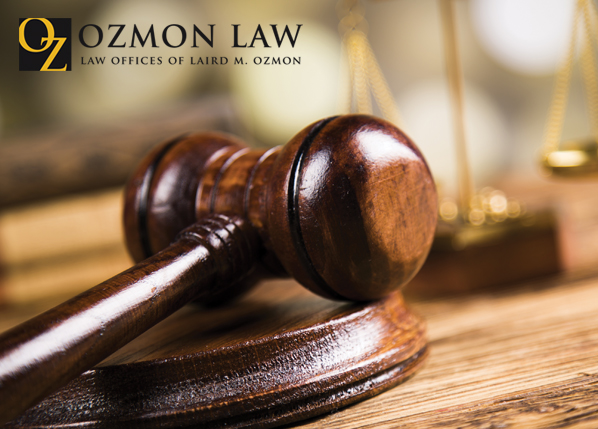
If someone’s death is the result of negligence or misconduct of another, the surviving family members may sue for “wrongful death.”
Laird Ozmon has a proven track record of obtaining high dollar value settlements and jury verdicts involving wrongful death cases.
Click here to Learn about the 5 things to know about wrongful death
Apr 18, 2018 | Ozmon Law News
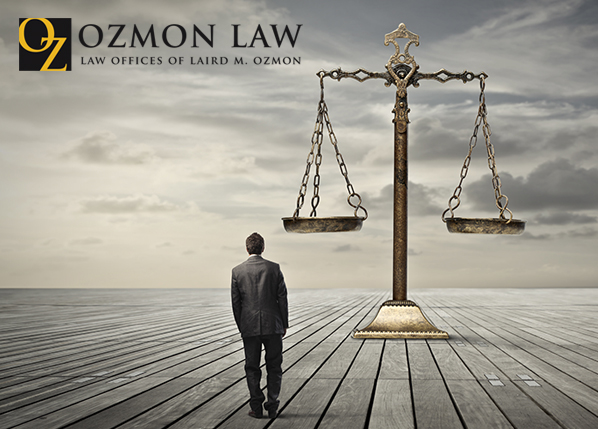
Third party litigation funding services are trending. They have been around in some form for many years, but now they are taking on a new prominence as litigation becomes ever more prevalent, sophisticated and accessible to the masses.
Civil lawsuits are expensive. I’ve pointed out in my blog that the beauty of our system of justice in America is that plaintiff’s attorneys are willing and ethically able to bear their client’s costs and the risk of winning their case. This serves the dual purpose of discouraging attorneys from considering frivolous cases and allowing injured victims access to civil justice regardless of socio-economic status.
This model has promoted a proliferation of litigation funders who serve different purposes. Some litigation funding companies are dedicated to pushing forward a specific agenda by enabling a case to be filed and prosecuted when it might otherwise not be, due to financial considerations. Think Facebook co-founder, Peter Thiel’s funding of the lawsuits that shuttered the doors of Gawker Media.
Other litigation funding services loan money directly to the plaintiff using the lawsuit as collateral. This can be a viable option for cash-strapped litigants considering that plaintiff’s attorneys are ethically bound not to loan money to clients. However, the amount of interest and costs for these loans can be quite high and clients should be made well aware of the financial responsibilities and consequences of entering into any of these agreements.
This scenario was the subject of a recent Illinois case, and although neither the client nor attorney had to repay the loan, the plaintiff’s attorney did not get out unscathed.
In Prospect Funding Holdings, LLC v. Saulter, 2018 IL App (1st) 171277 (March 13, 2018), an attorney arranged for his client, a plaintiff in a wrongful-death suit, to borrow $25,000 from a litigation funding company under a purchase agreement governed by Minnesota law. The case settled, the money was not paid out of the proceeds and the client failed to repay the company, which then sued both client and attorney.
The case caused the Illinois court to consider an issue of first impression concerning an attorney’s liability to a business that loans a client money to be repaid, plus fees and interest, from any settlement or judgment. The Illinois court rejected the litigation funder’s arguments finding the key documents unenforceable because they violated Minnesota law prohibiting a third party from having a contingent interest in litigation. Also, the funding company could not base its claim on a violation of the Illinois Rules of Professional Responsibility governing lawyers because it is not provided by the rules. However, the court warned the plaintiff’s attorney may still suffer ethical consequences for failing to hold the settlement funds in his trust account and referred the matter to the disciplinary commission. The key takeaway here is that third party litigation funding services should be used sparingly and ethically, with all parties being fully informed of the consequences of such an arrangement.
Mar 14, 2018 | Ozmon Law News
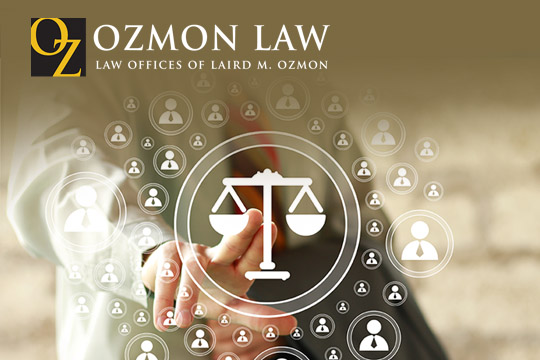
Believe it or not, lawyers have friends. Those of us who have been in the trenches for a long time have worked with other lawyers as collaborators, adversaries or strategic partners. Unlike many professional colleagues, we often see each other in action, in court, at depositions and at the bargaining table, and sometimes even as our worthy opponents. With this experience and earned respect, we have built strong relationships and regularly refer clients within our networks.
Why does this matter to you? Because I, or one of my many friends, may become your trusted ally when you or someone you know are feeling the most vulnerable. And we will take care of you as we would each other.
So if you ever find yourself wondering whether you were wronged, or if something that happened to you, a friend or loved one, could be the subject of a lawsuit or insurance claim, you have a friend in me. I have decades of experience and success serving plaintiffs in personal injury matters, and I only get paid if we win. If you ever feel afraid to speak up or inquire about your rights, my friends are your friends. They may practice in employment or workers compensation law, family law, or estate planning, to name a few.
This means that instead of wringing your hands, suffering in silence or wasting your time wondering, you should pick up the phone and call a lawyer. If you are friendly or acquainted with an attorney, or find an attorney you like through personal recommendations or an Internet search, contact him or her. If your issue is in a different practice area, that attorney will refer you within a network of colleagues who consider it a privilege to hear your story. If you have one lawyer to turn to, you have whole brigade of advocates at your disposal.
Think of lawyers as citizen soldiers in the battle to ensure the rights of the most vulnerable. Every day we are besieged by new tales of the abuse of those rights, such as injuries in the workplace, harassment and abuse, and acts of negligence, professional or other. When it comes to raising our voice for the voiceless, or the ones who have yet to find their voice, attorneys are part of a united front, dedicated advocates, standing at the ready to fight for you. Despite the negative press and the inevitable bad apples, the legal profession stands in the doorway barring you from injustice, so please consider us your friend, not foe.

Attorney Laird M. Ozmon
Mar 14, 2018 | Ozmon Law News
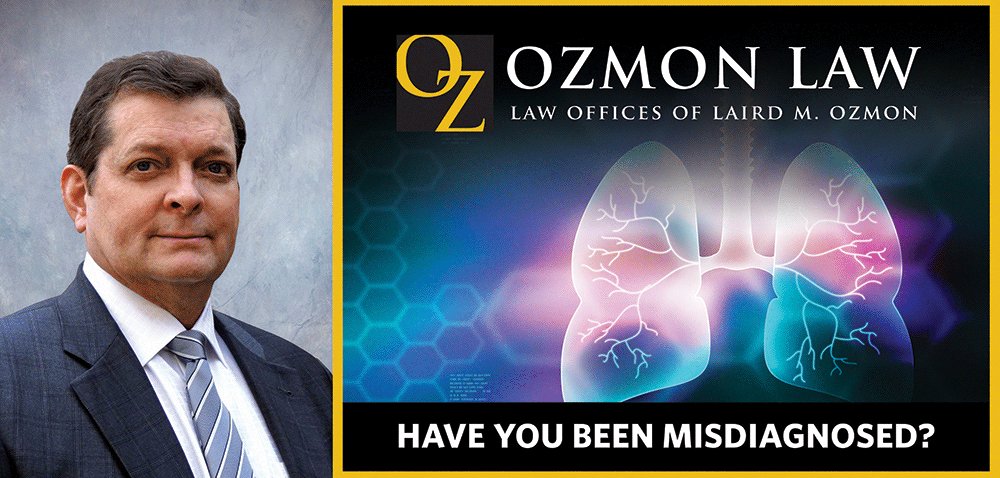
Antitrypsin Deficiency, known as AATD, is an inherited condition passed from parents to their children through their genes.
The deficiency will result in serious lung disease in adults and, at times, can also cause lung disease in young adults.
AATD is commonly misdiagnosed as chronic asthma or COPD. In fact, out of the 12 million patients diagnosed with COPD in America, approximately 1 to 3 percent likely have A1AD.
Left untreated, A1AD results in progressive destruction of lung tissue resulting in severe loss of lung function and life expectancy.
Laird Ozmon of Ozmon Law in Joliet has pioneered the fight to seek fair compensation for those patients who have been misdiagnosed and have suffered such serious lung damage.
View the full article at HeraldNews.com
Learn more about Alpha-1 Antitrypsin Deficiency AATD
Mar 3, 2018 | Law News, Ozmon Law News
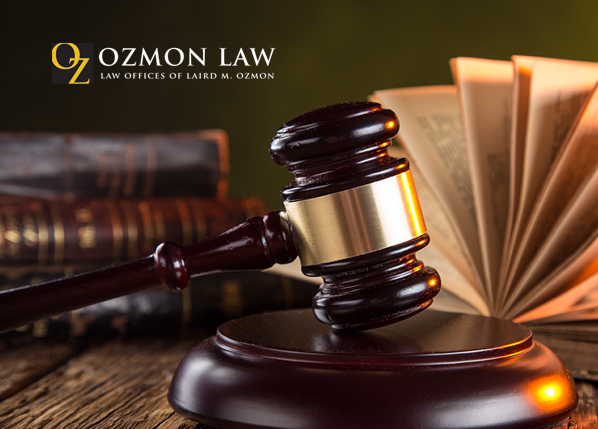
The Illinois Supreme Court has issued a call to action to the legislature regarding the fair and equitable apportionment of the damages between defendants in a personal injury lawsuit. On February 16, 2018, in Antonicelli v. Rodriguez, the court issued an opinion that allowed the most culpable defendant in an auto accident case (an intoxicated driver) to enter into a good faith settlement with the injured plaintiff for the limits of his $20,000 insurance policy. This left the other defendant, the employer of the driver of the truck following behind the plaintiff when the settling defendant made a U-turn in front of her, potentially holding the bag at trial. Make no mistake, the truck company had a bigger bag and deeper pocket, so it was in the plaintiff’s interest to take the policy limits settlement from the driver and focus on the other defendant at trial.
The core issue here is a broader one—whether the jury may be allowed to apportion blame among all culpable defendants regardless of whether all are present actively defending themselves at trial. The defense lawyers admitted their primary objective was to get the settling defendant’s name on the verdict form eventually used at trial so they could reduce their liability by the percentage the jury found attributable to the settling defendant. The truck company tried to distinguish the case calling the driver’s conduct intentional because he was high on cocaine. The Court was unmoved, having found no prior precedent that a traffic collision caused by an intoxicated driver is an “intentional tort.” Moreover, the plaintiff made no such allegations.
The Illinois high court said the statute that governs this question, the Joint Tortfeasor Contribution Act, did not provide for such a result. Nevertheless, there are competing interests vying for consideration here. The purpose of the Act is to encourage settlements and equitable apportionment of damages among defendants. The purpose of our civil justice system is to fully compensate injured victims. Consequently, if defendants settle, then do not defend themselves at trial, the evidence a co-defendant produces pointing a finger at them will go unanswered. This would likely result in empty chair defendants being found disproportionately responsible for damages when their damages have already been fixed based on a good faith settlement.
Essentially the Court determined the injured plaintiff’s risk of not recovering full compensation outweighed the non-settling defendant’s risk of having to pay more than its “fair share” of the jury award. Current law levels the scales a bit by allowing the defendant to set-off the amount of the settlement without the jury’s knowledge so it doesn’t factor into their calculation. This would result in a $20,000 deduction from a jury verdict in the case here.
This initiative will require Plaintiff’s attorneys to meet this call to action with full force to insure any amendments to the Contribution Act do not diminish the plaintiff’s right to full and fair compensation. In other words, we have to do what we do best, fight for the rights of injured victims.

Attorney Laird M. Ozmon
Feb 19, 2018 | Law News, Ozmon Law News

As I mentioned in my last blog, medical malpractice cases are steep uphill battles. Nearly 80% of trials end in a defense verdict despite medical error being the nation’s third leading cause of death. The appellate court is an equally unfriendly place for victims of medical negligence. But recent rulings have brought some moderately good tidings for plaintiffs.
To give you a brief overview, Arient v. Alhaj-Hussein involved a wrongful death case on behalf of a patient who died after a medical procedure rendered her a paraplegic. A Cook County jury awarded nearly $8 million to her estate. Even though the Appellate Court found reversible error at trial, the court upheld the verdict. The errors related to three of the plaintiff’s five alternative claims of negligence. The defendant did not ask the jury to separate its verdict according to those claims using special interrogatories (specific questions to the jury to be answered when it renders the verdict). Instead it submitted a general verdict form, so the court refused to reverse because it had no way to determine on what acts of negligence the jury based its verdict.
Another appeal brought mixed results after a heartbreaking turn of events roiled plaintiffs in the case of Jefferson v. Mercy Hosp. & Med. Ctr. The plaintiff claimed permanent brain damage due to medical negligence. But after the case was submitted to the jury and before it rendered a verdict for over $22 million, $15 million of which was allocated to future damages, the plaintiff died. The defendant hospital sought to overturn the verdict or at least reduce the amount of the damages. Having never reviewed such circumstances, the Appellate Court ruled that until the moment the verdict is rendered the case may be transformed into a survival action if the plaintiff dies. In that event, the plaintiff is not entitled to damages that accrued after the plaintiff’s death. This ruling allowed the plaintiff’s estate to retain just over $7 million in past damages but the family lost $15 million in future damages the plaintiff would not suffer due to her death. The family will likely be able to pursue a wrongful death claim they filed post-trial by way of an amended complaint; those proceedings were stayed pending this appeal.
In both cases the defendant’s strategy concerning verdict forms or special interrogatories rankled them on appeal. In Jefferson the defendants objected to plaintiff’s tendered instruction seeking to separate past and future disfigurement. Without this distinction, the court could not discern what portion of the jury’s $2.5 million award for disfigurement was attributable to future damages so it let the award stand. The key takeaway for trial attorneys is that the preparation of the documents memorializing the jury’s verdict should be tailored to each case; conventional wisdom may not always apply.

Attorney Laird M. Ozmon








